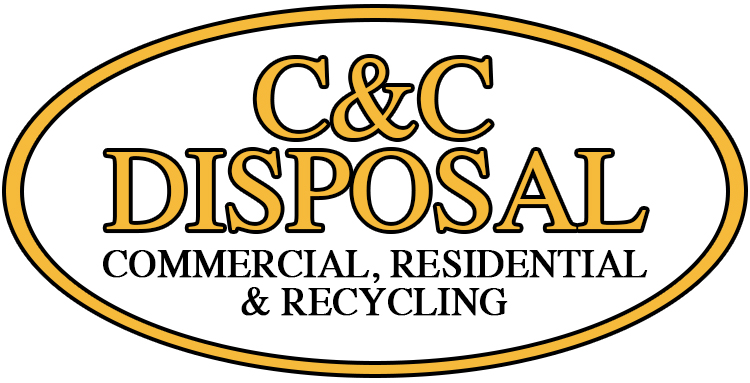
There are loads of options to brew a zero-waste coffee, and the one you choose will largely come down to taste. Some are simpler than others, but whichever you choose it’s going to be lightyears ahead of the single-use plastic pots that are currently so common.
Zero-Waste Coffee Filter
One of the simplest ways to start making your brew more sustainable is with a zero-waste reusable coffee filter. These are almost identical to their paper counterparts but are made of reusable materials such as cotton. These reusable filters can be used in exactly the same way as a paper one on top of a pot or mug, but when you’re done brewing, you scoop out the coffee grounds and clean it rather than tossing it in the trash.
Another popular alternative to paper filters is zero-waste ceramic coffee filters from Japan. These rely on a porous ceramic that sits atop your pot like a normal paper filter. However, when used, there is nothing to throw away! You simply clean the filters and they’re ready to use again. That said, they can be challenging to clean, so keep this in mind when making a decision.
You can also get stainless steel zero-waste coffee filters, which look almost identical to your standard paper filter holder but have a fine mesh to act as the actual sieve for particles. These, like zero-waste ceramic coffee filters, are washed and ready to use again.
Zero-Waste Coffee Sock
Technically this is a reusable coffee filter but they are used slightly differently so deserve a little more consideration. Common in much of east Asia, as well as Mexico and Costa Rica, this zero-waste pour-over coffee filter consists of a cotton “sock,” in which the ground beans are placed, and a stand. Water is then poured into the sock and the coffee filters out into a pot underneath.
Zero-Waste Coffee Pods
If you want to be zero waste but are hesitant to kick the coffee pods because you’ve already invested in a machine, there are some reusable options. Depending on the make of your coffee machine, there are third-party providers out there who have started manufacturing refillable metal pods. You can fill these with a ground of your choice and pop them in your machine as you would with a disposable capsule.
Don’t Forget the Classics
Many of the classic coffee-making techniques can already be less wasteful than pods. A French press, for example, doesn’t require any disposable filter, nor does a percolator. Both instead rely on metal strainers to remove the grounds. Of course, these different methods also produce a different style of coffee, which is a major part of the consideration when looking for a zero-waste coffee alternative.
Finally, it’s worth noting that however you make your coffee, use a reusable cup! Coffee tastes better from a mug anyway, so forgo the disposable cups that clog up landfills and pollute the environment.

Recent Comments